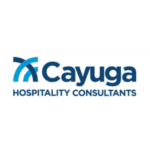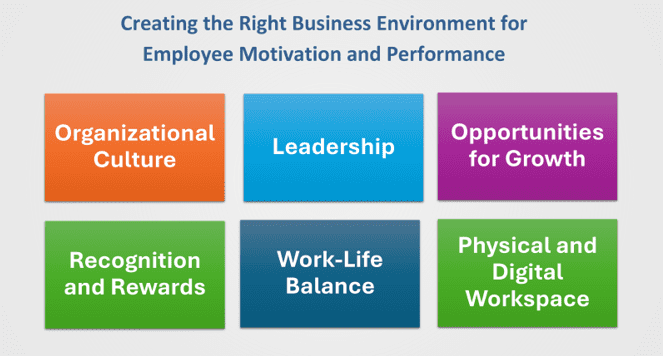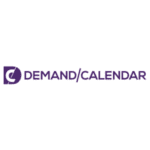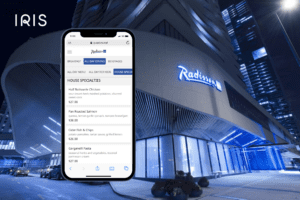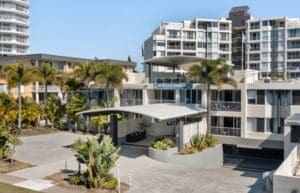
When industry people get together to talk about hospitality there is never any shortage of enthusiasm. Topics of discussion often include new methods, advancements, current concerns, and directional advice, but how do you know what to accept as reasonable when there is so much information to consume? The advice you receive might be progressive; however, it can also be contradictory, one directional, and even shortsighted. You must research as much as possible to make the best decisions, and perhaps my outlook on this one topic can help you decide for yourself the importance of addressing your current pricing strategy. Otherwise, count me as the contradictory, one directional, and even shortsighted person, but also important and necessary to distinguish the difference.
Why a Reversal?
I believe present considerations on menu price increases need a quick reverse course. I say this because we are encountering reduced visits and guest spending irregularities that are triggering alarm bells with operators that are in turn countering with a drastic kneejerk response by increasing prices. This seismic reaction is in response to the pounding of higher costs everyone is incurring, but the customer market is hitting us right back with less frequency and buying less while in their seats. In my opinion, raising prices is an easy fix to counter increased costs but is perhaps a short-term solution that will backfire, and we all need to be much smarter than this.
Market adjustments are hammering the hospitality industry from all angles and competition is both waning and becoming more difficult at the same time.
According to a recent 2024 survey by TouchBistro¹(600 FS restaurants across the US) consumers are ordering less dishes, fewer customers are visiting during the week and on weekends, customers are ordering less alcohol, customers are tipping less, and many other statistics are included in this lengthy report that are impacting revenue and profits. While this report can be characterized as minor to industry proportions and perhaps subjective by the type of businesses in the research, we all know these outcomes are happening and we must decide what to do about them.
I believe that the contrast between those that successfully implement new ideas and resist raising prices and those that don’t do much of anything except raise prices will open a division between progress and failure that we have never seen before. My advice is to start reducing your prices unless you want to lose market share. I am not talking about hotel price fluctuations or dynamic pricing. I am referring to deliberately increasing prices because your costs have risen, or your competition is doing the same. Operational costs are up, however in my opinion there are other ways to address this.
Decisions immediately affect customers’ reactions, and profits, before they are realized in reports, and this becomes compounded in one direction or the other each time the process is repeated.
Alternatives to Menu Price Increase
Menu prices are often random fabricated anomalies based on gut feelings with incorrect recipe assumptions, as well as kneejerk reactions to costs and competition. This is one of the most common operational flaws I encounter as a Food & Beverage consultant. Do the work by tearing apart the fabric of every recipe, each piece evaluated for its individual cost to be applied to the full plate presentation. Otherwise, you are fooling yourself and carelessly adding to the hopeful game of revenue surpassing expenses.
Before you raise prices, fully evaluate your costs and production.
- Reduce menu size to reduce preparation and labor requirements.
- Locate same items and same quality for less cost.
- Consider recipe ingredient adjustments to lower recipe costs.
- Consider alternate preparation ideas to reduce preparation costs and labor requirements.
- Change items from expensive and low profitability to lower cost and higher profitability.
While you do not want to upset your regulars; you also need to remain in business. Reduce your menu size and save money but do this strategically. Your menu may be too big for efficient ordering, inventory management, preparation, and delivery performance. Evaluate preparation and menu mix performance to find sales and profit laggards, find ways to reduce prep as well as waste, and look to improve overall profits. Only top and mid-level performers should be the majority and reduce the favorites that are dogs, although a lost leader here or there is alright if the planning and execution of the item has foresight considerations. If you are not generating profits on an item, you may be wasting labor hours, overordering products, overpaying for ingredients, or performing other wasteful processes, and it’s time to organize a solution.
Good Behaviors Lead to Better Outcomes
Behaviors in management and methods supporting better performance have many instruments at our disposal. While it is easy to just raise prices, this is one of the last guidance recommendations you would hear from me, unless the menu engineering isn’t properly organized. Take a glance at my book, Focusing On Expense Loss, as the material offers alternatives to raising prices and other management considerations. Take a step back and look at your behavior and the reasons you are raising your prices and think about what can be done to reduce them and remain profitable.



